About the great and terrible US missile defense, information war and sea gods
However, as time goes on, the world is changing, new technologies are developing, and most importantly, information wars do not fall silent. The United States has long been out of the treaty on the limitation of missile defense systems: by announcing their decision on 31 December 2001, they, after a fixed 6-month period, left 12 on June 2002.
The official reason for this behavior of our American friends was the threat of nuclear blackmail from third countries. The fact is that the nuclear bomb continues its triumphal march around the world - in those years, Iran and South Africa were able to assemble it, and Iraq, under the leadership of Saddam Hussein, was able to independently increase the range of the old Soviet ballistic missiles Scud. All this indicated that not too much time would pass, and nuclear-tipped ballistic missiles could be at the disposal of many countries, including those in whose affairs the United States considered it possible to interfere. Well, you understand: when the United States climbs into the internal affairs of any country, then this is a triumph of democracy, and if suddenly this country finds the courage to defend itself with nuclear power. weapons In the hands of - this, of course, nuclear blackmail.
We will not go deep into history question, let's consider better what the Americans got as a result of their, I must say, very expensive efforts in the field of anti-missile defense.
So, the number one first in the US missile defense system is the “miracle of hostile technology” called Ground-Based Midcourse Defense, or, for short, GBMD. Today, it is the only American system (and probably the only system in the world) capable of intercepting intercontinental ballistic missiles and their combat units practically at any point of their extra-atmospheric trajectory. It sounds scary, but let's try to figure out what lies behind it.
To begin, we recall how the intercontinental ballistic missile actually works. On the first, active part of the trajectory, while the rocket engines are working, it is being accelerated and the message is given to it of kinetic energy sufficient to defeat the target. Then the engine, having fulfilled its own, is discarded as unnecessary, and the rocket leaves the atmosphere. It is here that, as a rule, there is a separation of combat units that fly farther along a ballistic trajectory at an altitude of 1 000-1 200 km above or above the ground. When approaching the target, warheads are reduced, enter the atmosphere (based on video footage of the fall of combat units at the test sites, it can be assumed that the trajectory of the warhead falls approximately at an angle of 35-45 degrees to the surface of the earth) and, in fact, hit its intended target. How does GBMD do this?
Well, firstly, the launch of enemy missiles must be detected. In the US, the Space-Based Infrared System is responsible for this - a space-based infrared system, and if it is even simpler, a network of satellites that should record the launch of ballistic missiles. On the active part of the trajectory, when the ICBM engine is working at its full potential, it is not a particular problem to make it a good infrared sensor. 7 satellites are now deployed in geostationary orbit: thus, Americans are able to detect missiles and find out their trajectories approximately 20 seconds after the launch of the missiles.
However, the capabilities of the US satellite constellation are exhausted at this point - the fact is that after the active site ends, the engine stops working, which means “shining” in the infrared spectrum, and then US satellites cannot control the movement of warheads - radars are needed for this.
Of course, America has them: within the framework of GBMD, as many as three stationary radars are deployed at Cape Cod (Massachusetts), Bial (California) and Clear air bases (Alaska) and two older ones located in Greenland and the UK can also work in its "Interest." True, with all their virtues, they have a significant drawback - their detection range of ballistic missiles and their combat units does not exceed 2 000 km. Thus, it turns out that the United States is capable of receiving initial information about a rocket attack from satellites, it will include the number of launched missiles and information about their trajectory, but then the ICBM "go into the shadows" and the Americans do not observe them until the latter fly up to 2 000 km to one of the above American radar.
I must say that the United States is not very happy about this prospect, so they created a naval mobile radar to detect ICBMs. This cyclopean structure with a displacement of 50 000 t., Built on the basis of the drilling platform and has a length of 116 m, and a height - 85 m, and the draft in the expanded position is 30 m.
This monster is able to detect a target with an 1 ESR apt. m at a distance of 4 900 km, but its main advantage lies in the fact that this radar can always be pushed to a threatening direction in order to be able to control the flight of enemy ICBMs immediately after the latter go beyond the limits of visibility of the space satellite system.
What does it do?
The fact is that the GBMD system is focused on the destruction of ICBMs in the transatmospheric part of their trajectories. To do this, it has GBI (Ground-Based Interceptor) interceptor missiles, which, in essence, are the same ballistic missile that can bring the kinetic interceptor to an altitude of up to 2 000 km. And then, this very interceptor, equipped with its own engines and an electronic-optical guidance system, receiving target designation from ground-based radars, with a cry of “Tenno Hank Banzai !!!” (or without it) must ram the enemy missile or its warhead. Given that the speed of convergence will exceed 15-16 km / s, such a collision, of course, will be absolutely fatal for both devices.
So, in theory, GBI is capable of hitting enemy ICBM anywhere in space - its range is limited only by the speed of the system’s reaction to the detection of an enemy rocket and the flight time. Accordingly, the sooner the ICBM is “in the rays” of the target tracking radar, the better for the United States.
Dear reader, probably already impressed with the irrepressible power of the “gloomy American genius” who created the all-powerful Wondeweff? Well, let's see how it works in practice.
To begin with, the GBMD does not know how to hit ICBMs with separable warheads with blocks of individual guidance (MIRVSH). Such works were carried out, but were abandoned due to the high complexity, as well as the fact that Americans considered RGCH IN too complex technology for the latter to appear in third countries in the foreseeable future. True, in 2015, work on this topic was resumed, but so far has not led to success. Thus, in order to repel the blow of one “Satan” with 8 warheads, Americans need to ensure that their kinetic interceptor hits each warhead.
How many GBI anti-missiles do you need? In total, 17 GBI launches on real targets have been made so far. In one case, the rocket did not hit the target, since the target itself turned out to be defective and failed. In the remaining 16 launches, the targets were hit 8 times. In other words, the complex demonstrated 50% efficiency, but ... in “home” test conditions. As we know, in real combat operations, the efficiency has a bad tendency to decrease by several times, and sometimes by orders of magnitude.
But, let's say, the US GBI is really capable of intercepting the Satan’s combat unit with a 50%. Accordingly, on 8 warheads, 16 interceptor missiles will be needed. But this is only if the domestic ICBM in flight is divided into 8 warheads and ... everything.
Only here our rockets work "a little" wrong. In addition to these warheads, they carry with them a large number of simulators dividing into 2 the main groups - light and quasi-heavy. Light (mesh or inflatable) imitate the flight of warheads in space, there they are almost indistinguishable, but, of course, quickly lose speed and burn when entering the atmosphere. Quasi-heavy (weight reaches several tens of kilograms) manage to portray the warhead even during a significant part of the atmospheric flight, and they have no difference in speed with real warheads. All of the above is not some kind of modern know-how, our ICBMs are equipped with similar systems from the 1974 year, and probably more than one generation of false targets has changed.
So, today, there are no truly reliable means of selecting real combat units among the false ones among the Americans. However, we have too. In the USA, it was considered necessary, in addition to the available satellites, to deploy more 24 special low-orbiting satellites that could carry out such a selection, but ... Firstly, it seemed to them too expensive, and they did not do that. And even if they did, you need to understand that the nuances of the work of our false goals are a secret behind seven seals, and in the United States they can only guess how we realized it. And, for obvious reasons, there will be no time to learn from our mistakes in the case of nuclear missile Armageddon from the Americans.
It turns out that even if hundreds of false targets barely mislead US missile defense and increase the number of potentially dangerous targets, only doubled (that is, if one of Satan is launched, Americans will be able to evaluate potentially dangerous 16 BB, of which 8 will be real combat units) , in order to hit them, the Americans will need GBI 32 antimissiles. We repeat - provided that the accuracy shown on the training launches is achieved, and with the remarkable quality of selection of false targets, despite the fact that neither the one nor the other today can be expected from the American GBMD system.
And the total number of GBI deployed in Alaska until recently did not exceed 30 missiles and another 14 was supposed to be deployed in California. Unfortunately, the author of this article does not have exact information about the amount of GBI, but it is unlikely to exceed fifty and, hand on heart, it is extremely doubtful that all this US ammunition would be enough to reflect only 1 (in words: ONE) intercontinental ballistic missile of the Russian Federation.
What do Americans have?
Next on our list is the THAAD complex.
It must be said that its principle of operation is in many respects similar to GBMD: the same way the defeat of enemy missiles is carried out using a kinetic interceptor, which needs to be “stuck” right into the missile combat unit, and exactly the same direction is carried out according to the radar, but at the final stage The IR of the kinetic interceptor comes into play. But the THAAD complex is made mobile, which is why its characteristics are much more modest than those of the GBMD. If in theory, GBI interceptors can knock down warheads of ICBMs even over another hemisphere of the Earth, then the interception range of THAAD is 200 km, at an altitude of 150 km. If GBMD radars are detected by enemy "ballists" for 2 000 km (and the sea complex - even for 4 900 km), then the mobile radar THAAD is only for 1 000 km.
So, I must say that THAAD demonstrated very good results on tests and exercises - its accuracy was aimed at 100%. But there is one nuance. As targets were used the imitators of the good old Soviet P-17, that is, for a second, all the same "Scud". For obvious reasons, Scud, in terms of speed and other performance characteristics, is well, not at all an intercontinental ballistic missile, which represents a much more complex target. So what - the Americans, it turns out, are engaged in fraud? Yes, it did not happen at all: the fact is that both the developers and the customers of THAAD never positioned this complex as a means of defense against ICBMs. Only against short-range and medium-range ballistic missiles: THAAD is officially unable to hit either ICBMs or their combat units. So, generally speaking, we generally have no reason to consider THAAD as an element of missile defense against our heavy missiles.
But let us assume that the Americans do not actually negotiate, and the destruction of combat units of ICBMs is such an “undocumented function” of THAAD. Alas, in this case, the Americans will face all the problems of selecting false targets, voiced above - in fact, they will be able to more or less reliably identify real targets only after our warheads have already very deeply entered the atmosphere, leaving THAAD almost no time for reaction . And before that, US anti-missile defenses would, in fact, be beaten into a white light like a penny, firing mostly false targets.
By the way, an interesting question: why did the Americans concentrate on kinetic interceptors, which require a direct hit into an enemy missile (combat unit)? The fact is that, according to the results of the operation “Desert Storm” in the USA, they came to the conclusion that the remote detonation of the charge does not guarantee the destruction of the ballistic missile warhead, even if we are talking about the old “Scuds” (albeit later, after appropriate modifications, The Patriot missile with a remote fuse destroyed the Scuds very effectively. At the same time, the use of nuclear warheads in antimissiles is undesirable, since their destruction was not blinded by fire control radars for some time ... But bad luck, what if one of the Russian warheads jerks on the approach to the THAAD positions, being "on the edge of the anti-missile strike zone - just to pave the way for the rest?
Are there so many of our missiles that can hit the THAAD complex? As you can see, today the US military has either 2 or 4 batteries of this complex, each of which includes 24 rockets. But basically this complex is being exported - to Japan, South Korea and the United Arab Emirates, which, by the way, fully confirms the version that THAAD is “sharpened” precisely against short-range and medium-range ballistic missiles - ICBMs are not threatened by the aforementioned countries. THAAD is, by the way, not only expensive, but very expensive - one complex costs about 3 billion dollars, and this does not take into account that the cost of its development according to some sources amounted to 15 billion dollars.
And finally, the world famous "Aegis" with its SM-3.
In essence, the US naval anti-missile system is the same THAAD, somewhat improved, but somewhat worse. Improvements have touched the rocket itself - although the SM-3 is largely unified with the THAAD rocket, but it is a longer arm: the SM-3 is able to shoot down targets at an altitude of 250 km away, according to various sources, 500-700 km. It seems to be great, but there is one caveat - the AN / TPY-2 radar, which provides the THAAD complex, was not delivered to the US Navy ships, so you have to do with either the regular AN / SPY-1, and it is capable of targeting only 350 km, hardly any more. At the same time, there is no chance that the American ships will get something like AN / TPY-2 from the word “absolutely” - firstly, the THAAD radar is worth crazy money (about 600 million dollars), and secondly, it very “narrowly focused” and in the sector of review it loses to the single AN / SPY-1 grid, which a destroyer of the “Arly Burk” type needs to have a 4 thing to provide a circular view ... In other words, equipping American destroyers with such a radar will increase their cost approximately doubled, and even the dimensionless military budget of the USA will go for it.
Today it is rumored that the next version of SM-3 will be closer to GBI interceptors and will have 1500 km of reach in height, 2500-3500 km in range, but even if this is true, the radar equipment of the US Navy ships will "serve" such range can not. All hope for external target designation, but just where to get it from? Yes, in 2008, the US missile cruiser "Lake Erie" struck a failed American emergency satellite according to another satellite, but the trajectory of the latter was known in advance (and evil tongues claim that two-day calculations preceded the attack on the spacecraft) and in the case of a real rocket attack, such opportunities, alas, will not.
What can THAAD anti-missiles and SM-3 modifications currently available to repel an ICBM attack do? Formally, nothing, since both of these missiles are designed to intercept short-range and medium-range ballistic missiles. Indeed, the capabilities of these complexes look more or less sufficient to intercept missiles like the Iskander — with a range of 500 km and a maximum height of 100 km, the ballistic missiles of the complex develop on the order of 2,1 km / sec, but for warheads traveling at 16 speed -17 swings in airless space, their capabilities look, let's say, somewhat doubtful. We can recall the case of 2017, when the Khwanson-12 medium-range ballistic missile was launched from North Korea and, flying over the Japanese islands of Honshu and Hokkaido, fell into the waters of the Pacific Ocean.
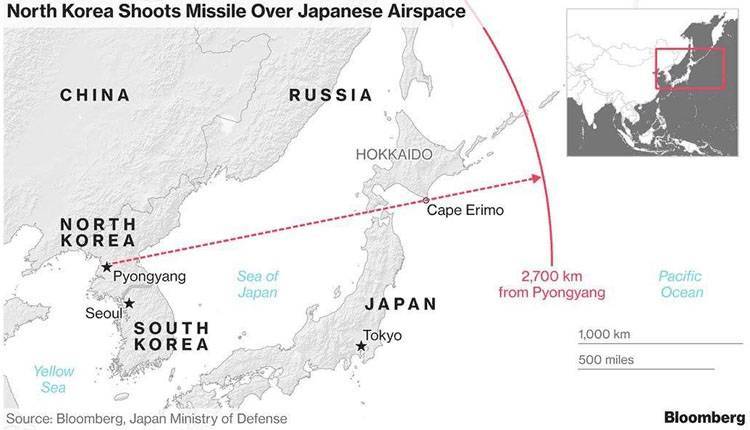
Strictly speaking, this flight does not testify to the powerlessness of the American air defense system - most likely, Khwansson-12 passed over Japan at a height exceeding the capabilities of SM-3 and THAAD, but the comment of Kingston Rafe, an American expert on arms control, is very interesting:
Thus, there are big doubts that THAAD and SM-3 are generally capable of intercepting the combat units of intercontinental ballistic missiles, and, oddly enough, the Americans confirm these doubts by saying that a similar task was not put to these antimissiles. But even if we assume that Americans are cunning, then even on the basis of the well-known TTH complexes it is extremely doubtful that these anti-missiles could do this well. In the Russian-language Internet, much was said about the possibility of destroying launching ballistic missiles in the active, accelerating section of their trajectory, but you need to understand that for ICBMs located in the Russian Federation, it is absolutely impossible, and that theoretically it would be possible to shoot down missiles of our SSBNs. But in this case, the American anti-missile will not have to meet the SLBM, but in pursuit, that is, in order for the interception to take place, the destroyer of the USA needs to be in close proximity to the SSBN - otherwise SM-3 simply will not catch up with our missile.
In other words, in the best case, SM-3 and THAAD will allow Americans to count on the defense of the territory located directly next to the complex (ship). But here a number of difficulties arise:
1. Low probability of defeating the combat units of ICBMs, subject to the use of the latest false targets. Today, all US exercises are based on the fact that the target missile is detected long before approaching the affected area, which is why the complex has enough time for calculations. But in real conditions, the selection of targets will be possible only after the warheads begin to enter the atmosphere (with the quasi-heavy "snag" can be recognized even later), that is, the missile defense calculations will have to operate in conditions of terrible time pressure;
2. Huge solution cost. In order to protect at least 100 of the largest US cities, you need to deploy THAAD 100 batteries, which will not give any guarantees of protection, but will require costs at the level of 300 billion dollars.
In general, even if those approximately 400 of the THAAD and SM-3 missiles, which are currently in service with the US Armed Forces, can generally be used against ICBMs, you should not expect any miracles from them. Even if we assume that the Americans somehow miraculously manage to use all the missiles in repelling our full-scale nuclear missile attack, and in some equally miraculous way, the effectiveness of intercepting real (and not fake) combat units of our ICBMs will be 20-25% (huge assumptions in favor of America), and then the US missile defense system, taking into account GBMD, will be able to intercept 90-110 combat units from the force. This is less than 7,5% of combat units deployed on land-based and sea-based ballistic missiles of the Russian Federation, not counting strategic cruise missile-carrying cruise missiles.
Actually, given the fact that most of these missiles will be "in the wrong place at the wrong time" (for example, in Europe) and that, in addition to passive defenses, such as false targets, the RF strategic nuclear forces will use and active suppression of US missile defense, their real capabilities will be several times lower than those calculated by us.
From the foregoing, it is possible to make a completely unambiguous conclusion. The US missile defense system, in its present form, is capable of fighting only with single monoblock ballistic missiles. With great success, they can, if not completely destroy, then neutralize part of the combat units of a single heavy ICBM with a MIRV IN, if the latter, due to some terrible misunderstanding (you don’t even want to think about this), starts by chance. But this, strictly speaking, all of their capabilities today: in no case will the US missile defense system be able to reflect, but even noticeably weaken, the arsenal of the Russian strategic nuclear forces, if we suddenly have to use it for its intended purpose.
But whether all of the above is a reason to "rest on our laurels"? Not. For, as Winston Churchill said: “Americans always find the only right decision ...” (immediately adding: “... after everyone else has tried”). In other words, if the United States is seriously engaged in missiles that can effectively deal with classical ICBMs, sooner or later they will create such missiles, and we should be ready for this.
What could we oppose American delights? In essence, there are 3 directions, working in which we would completely neutralize the threat of missile defense in the form in which the Americans create it.
1. ICBM power. Interestingly, the START III treaty regulates the number of strategic carriers of nuclear weapons, but does not apply to their performance characteristics. That is, no one bothers us to make a rocket that, say, would hit the United States not through Alaska, but through the same South America, and at a height that the American anti-missile missiles would only be filled with combustible tears of envy. No, of course, if we can make an ICBM flying (exaggerating) at an altitude of 6 000 km above the Earth's surface, then no one bothers the United States to make an antimissile capable of getting it there, that's just ... That's just the cost of today's GBI interceptor is 70 million In order to more or less efficiently intercept only one ICBM from an FGM IN on 8 units, according to our calculations, you need at least 32 GBI. And this pleasure will cost 2,24 billion US dollars, despite the fact that our rocket is hardly worth more than one GBI, that is, 70 million dollars. In order to intercept a higher-altitude ICBM, an even more powerful and expensive interceptor is needed ... B in general, a similar arms race will ruin even the USA;
2. Maneuvering warheads. Everything is clear here - the fact is that the task of “combining, in time and space,” the combat unit of an ICBM and a kinetic interceptor is simple only at first glance. In fact, this task is akin to defeating one bullet with another: it seems that nothing too complicated, if you forget about gravity, the different weight of bullets and the difference in trajectories, that a bullet in the air is influenced by the wind, and it will to influence the “bullet” and “bulletproof” in different ways, depending on the form of ammunition, they will lose the initial velocity in different proportions, etc. etc. In general, the destruction of a warhead flying along a ballistic trajectory is a very difficult task that the Americans have barely learned to cope with. And if the ICBM combat unit also unpredictably changes the flight trajectory ... well, it becomes almost impossible to get into it;
3. Finally, false targets. The more false targets the ICBM carries, the more difficult it is for the enemy to distinguish them from real warheads, the worse for enemy missile defense.
So, no matter how surprising it sounds, the Russian Federation was moving in at least two (or rather, in all three) directions. It was just said that the Sarmat heavy rocket would be capable of attacking US territory from any direction, and not just along the shortest trajectory, as it was before.
The newest avant-garde units capable of maneuvering at hypersonic speeds are virtually invulnerable to kinetic interceptors. No, theoretically, probably, one can imagine an interceptor, with such energy reserves, that he can, moving at a speed of several kilometers per second, also maneuver with sufficient overload to keep up with the unpredictable Avant-garde trajectory. Here are just the cost of such a miracle, any limits imaginable, here already, perhaps, we should speak about multiple superiority in price over an intercontinental rocket, and in fact it carries several Avangards and some false targets ... In general, the missile defense of such value will be completely overwhelming even for the USA. And finally, although nothing is said about the improvement of our false goals in the open press, one can hardly assume that the work in this direction has been abandoned.
In other words, the US missile defense system does not protect at all from the Russian strategic nuclear forces today, while Sarmat, Avant-garde and the refinement of our false goals ensure that this status quo is preserved in the foreseeable future. Back in Soviet times, much was said that the strategic defense initiative (SOI) program proposed by the R. Reagan administration was extremely expensive, but it was quite easy to reduce its possibilities by spending less money on orders of magnitude.
Work on Sarmat, Avant-garde and false targets make the US missile defense exactly what the Americans officially declared - a means of fighting single and technically obsolete ICBMs that could be created in the third world countries. Indeed, against one or two North Korean missiles with the deadly name “Pukkykson” the American missile defense system will be quite effective.
And everything, of course, could be fine, if it were not for one “but” - alas, both in the USSR and in the Russian Federation one can clearly see the tragic inclination of our leadership to overestimate American capabilities in missile defense. “Sarmat”, “Avant-garde” and false targets - this is an adequate response to the American missile defense system, which is absolutely effective both militarily and economically. But instead of dwelling on this, we begin to invent all sorts of amazing miracles.
Cruise missile with a nuclear engine! Well, why? And she, having an unlimited range, is able to fly around the areas of missile defense that threaten her and the naval formations of Americans. But excuse me, an ordinary heavy ICBM is capable of doing the same thing — its warheads will fly very high above the ship connection, where the radars of the ships simply will not see it. Of course, a cruise missile can sneak up low on the US missile defense radars and destroy them, and if we had some opportunity to clear the way for conventional ICBMs with such missiles ... we just don't have that opportunity. Just because the flight time of a cruise missile, even with a nuclear engine, even without, is much more than that of an ICBM. And if the Americans are using us with their nuclear arsenal, we will have to give an urgent response, so our ICBMs will reach the US much faster than a nuclear-powered rocket. As a result, American radars will still work as intended by their creators - and if so, then it would be more useful for us to hit a large number of ICBMs at once. What is the point to weaken the decisive salvo so that some number of cruise missiles can fly sometime later?
And the same goes for the Poseidon torpedo. In theory, of course, it seems to make sense - the Americans will teach their SM-3 to fight with ICBM warheads, put a destroyer with antimissiles at each port, and repulse all of our rocket attacks, and here we are from under the keeek ... But the fact of the matter is that SM-3 cannot cope with Avangards, which will also hide behind false targets. And if so, then there is no need to fuss with torpedoes and a garden.
We repeat once again - Sarmat, Avant-garde and false targets give an exhaustive answer to the US missile defense program. But cruise missiles with nuclear engines and "Poseidons" are already beyond the limits of adequacy. They add virtually nothing to our ability to break through American defenses, but steal huge amounts of money for development and deployment. Our resources are frankly small, and the decision to develop or deploy a particular weapon system must be carefully weighed by the criterion of “cost / effectiveness”. But even the most cursory analysis shows that these two weapons systems do not fit into them in any way.
And again ... our leadership could be understood if it, tired of the failures of recent years, financed the development of the same Poseidons as alternative means of delivering nuclear weapons in case the Sarmatian and Avant-garde creation programs fail. It was reasonable. But today, when, in general, it is clear that both of these programs can be brought to implementation, the Poseidons should be put on the shelf to the best (more precisely, the worst) times, in case the United States comes up with something completely new, , what to confront the ICBM can not. A kind of ace in the hole, in case of an unexpected situation. But today, in conditions where we cannot afford to build SSBNs under the Borey-B project, because it is “too expensive,” and we manage with boats of early and less sophisticated modifications, when most of the 28 available multi-purpose submarines are laid up when their modernization programs are constantly being reduced and shifted “to the right”, when the construction of just six ICNSPs of the 885М project (Yasen-M) stretches for at least 15 years (Kazan laid down in 2009), and there is almost no hope that all six will go on line before 2025), mass production in the Poseidon and the construction of 4 (!) APL carriers for them is not just overkill.
This is a state crime.
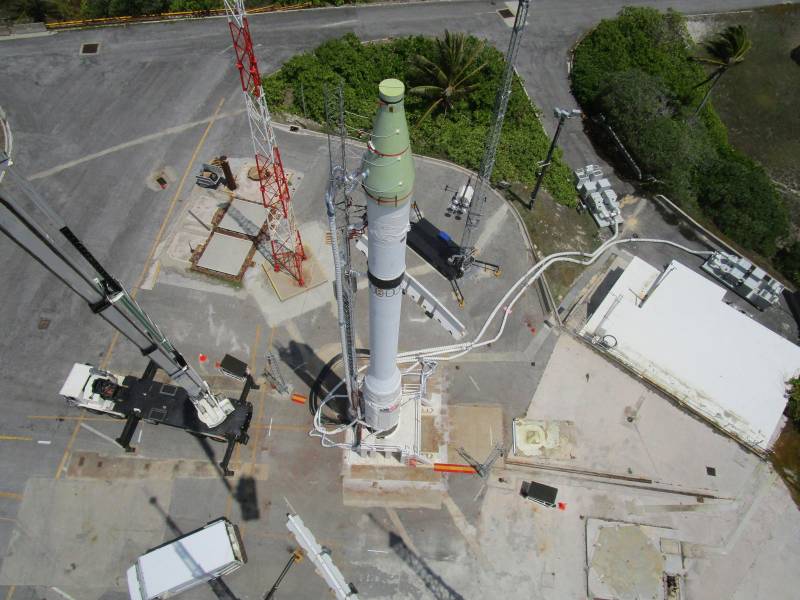
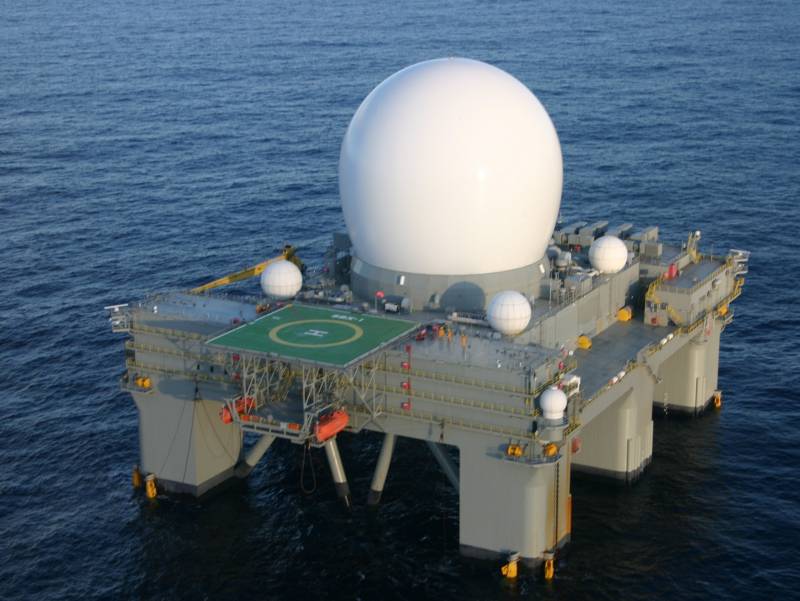
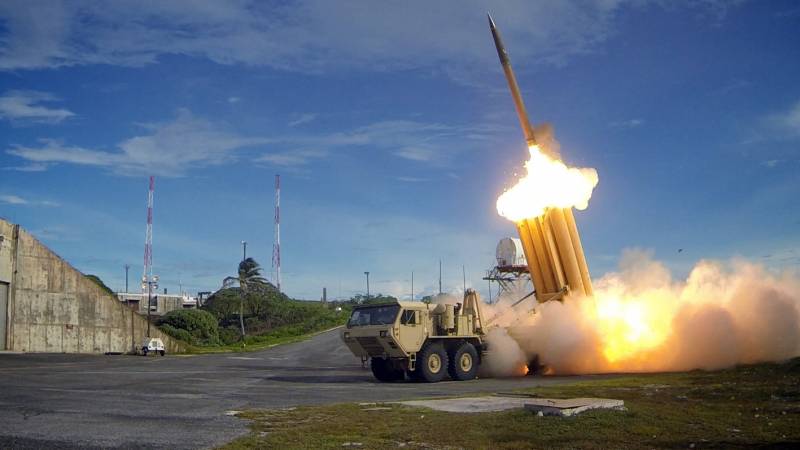
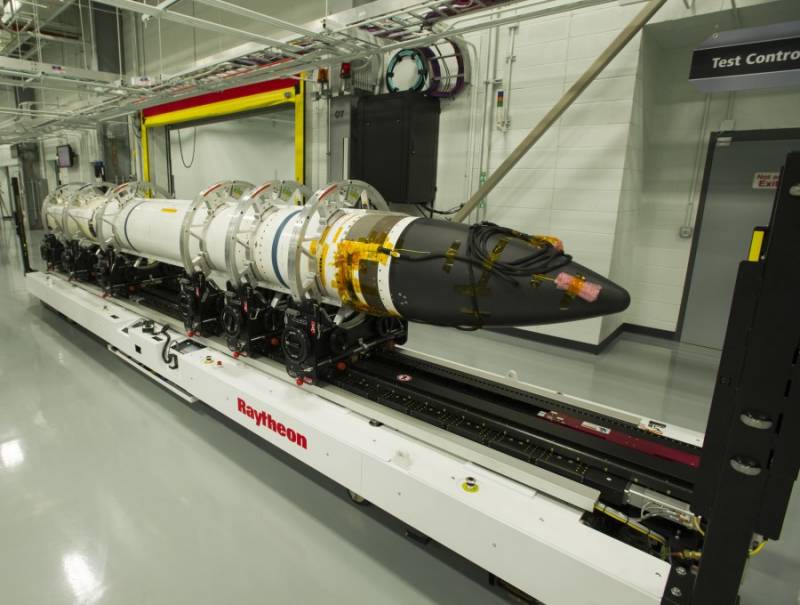
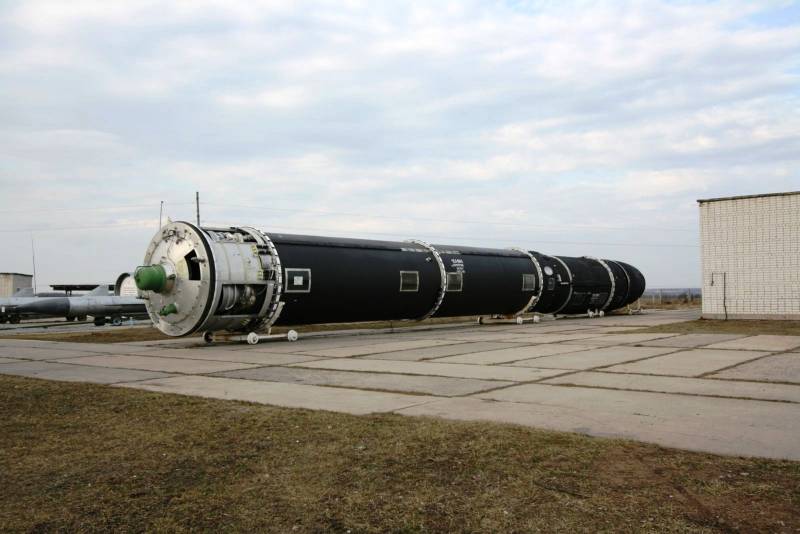
Information